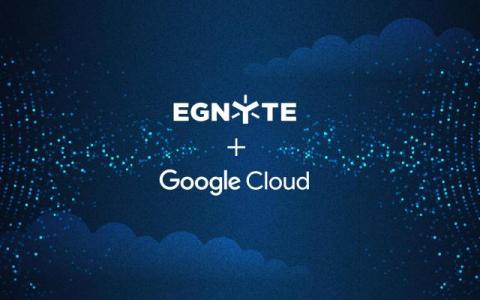Navigating Access Challenges in Kubernetes-Based Infrastructure
Organizations often find that as they deploy their K8S infrastructure into production and across their company, what worked well for managing access during development does not scale efficiently. Research shows that this often leads to serious security risks including breaches. So, new access challenges emerge, particularly as teams scale. Join us for a 30-minute deep dive into how to secure access to Kubernetes-based environments including clusters, databases, and applications in a scalable way.











